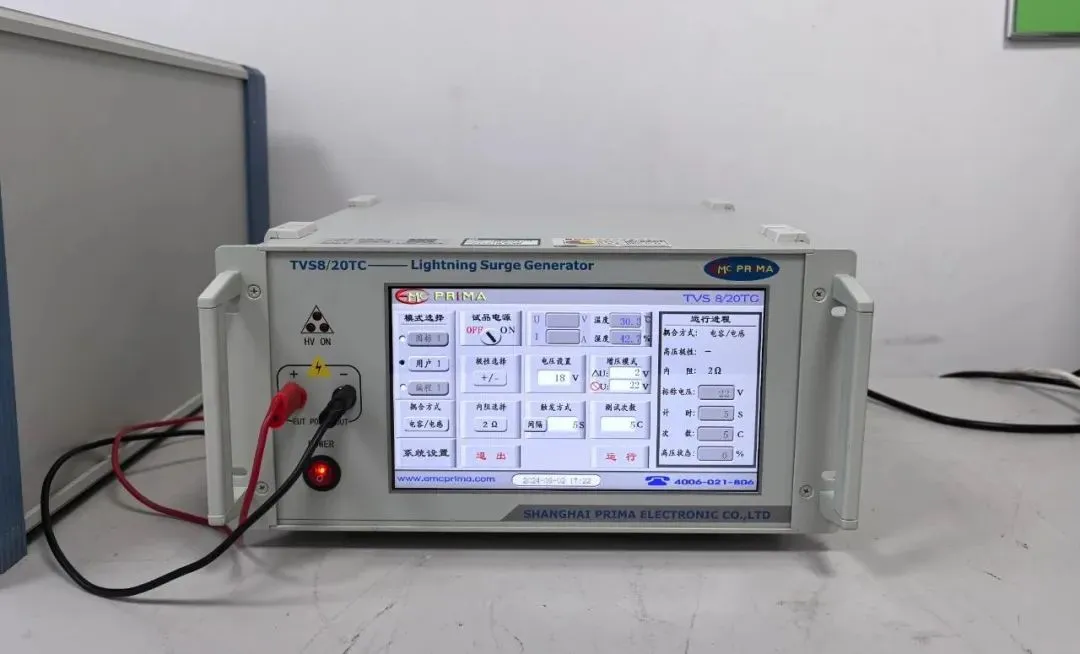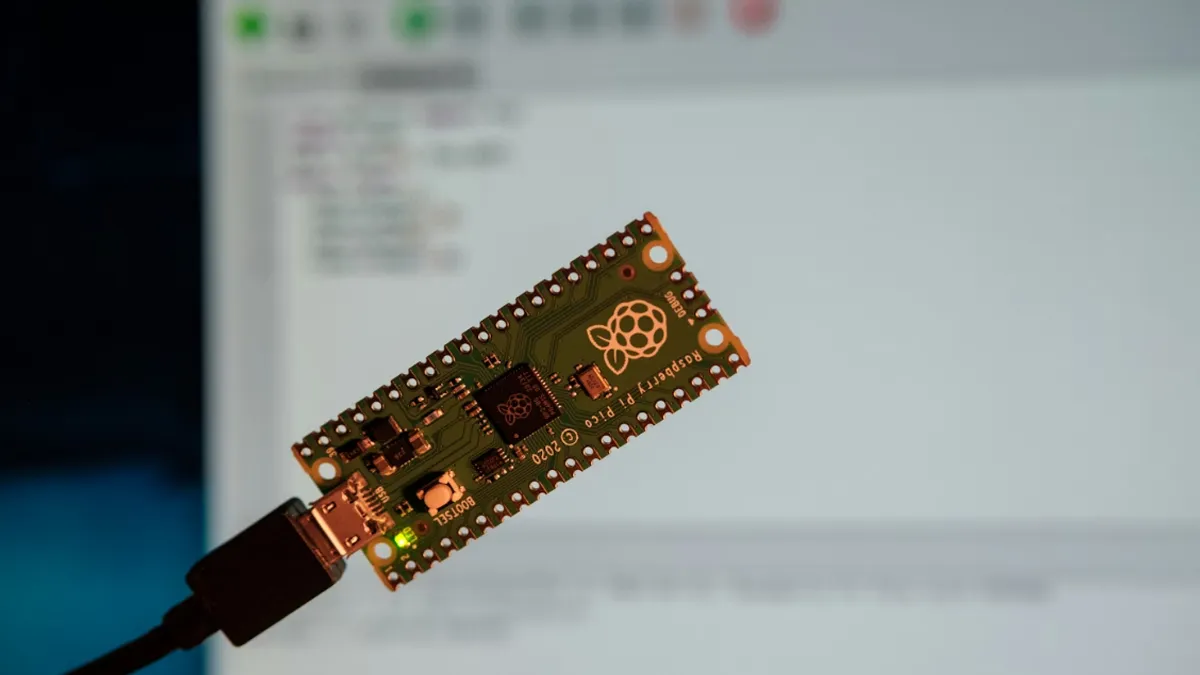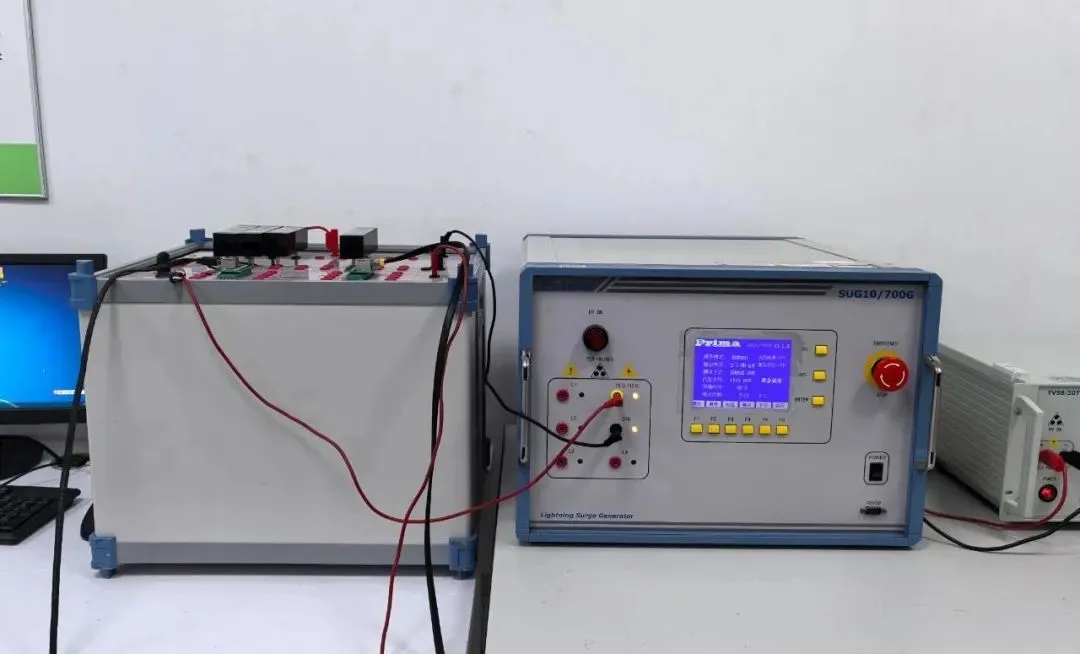
What is the IEC/EN 60825-1 Test?
While laser projection display technology offers visual benefits such as high brightness and a wide color gamut, it’s important not to overlook the potential health risks lasers pose to the human eyes and skin due to their narrow wavelengths and concentrated energy. To address these risks, the International Electrotechnical Commission (IEC) developed and updated the laser safety classification standard iec 60825 Edition 3.0(titled Safety of Laser Products – Part 1: Equipment Classification and Requirements), which was officially released in May 2014.
What is IEC/EN 60825?
IEC/EN 60825-1 is a laser safety testing standardused in the European Union to classify laser products according to their potential hazards.
Key Definitions from the IEC/EN 60825-1 Standard:
1. For a given wavelength and emission duration, laser products must not exceed the Class 1 Accessible Emission Limit (AEL)for laser radiation (see sections 8.2 and 8.4e).
2. Class 1M laser productsoperate within wavelengths from 302.5 nm to 4000 nm. For these, under the specified emission duration and wavelength (see 8.4e), exposure must not exceed Class 1 AEL. Radiation levels are measuRED according to section 9.2g, but with smaller apertures than Class 1 or at a distance from the apparent source.
The IEC (International Electrotechnical Commission)is a global standardization organization composed of national electrotechnical committees. Its goal is to promote standardization across the electrical and electronic industries worldwide.
IEC 60825 Laser Safety Testing Methods:
1. Low-Intensity Sources:
If the light intensity is low (e.g., commonly used LEDs for displays or signals), most products will comply with the requirements of Class 1under IEC/EN 60825-1. In such cases, testing may not be necessary. During evaluation, covers, optics, and similar components shoULd be removed by hand. The test report should state that the intensity complies with the Class 1 laser limits as defined by IEC/EN 60825-1.
2. Manufacturer's Declaration:
In other cases, lighting equipment manufacturers should provide a declaration based on relevant test data(e.g., from LED manufacturers) to demonstrate that the LED modules’ radiation does not exceed Class 1 or Class 1M (without optical components) under IEC/EN 60825-1. The report should clearly indicate that the classification is based on the manufacturer’s declaration.
3. When Declaration is Not Available:
If a declaration cannot be provided or if the evaluation method is unclear, formal testing must be conducted according to the IEC/EN 60825-1 standard. The report should document the measurements performed. This applies particularly to lighting devices containing two types of laser sources.
Email:hello@jjrlab.com
Write your message here and send it to us
 EMC Pre-Compliance Testing UK
EMC Pre-Compliance Testing UK
 EMC Compliance Testing Australia
EMC Compliance Testing Australia
 Electrical Compliance Testing NZ
Electrical Compliance Testing NZ
 Compliance Testing for Children's Clothing
Compliance Testing for Children's Clothing
 Amazon Product Compliance Testing
Amazon Product Compliance Testing
 What is RCM Compliance Testing?
What is RCM Compliance Testing?
 Electric Toy EN 62115 & EN 71 Testing
Electric Toy EN 62115 & EN 71 Testing
 What are ASTM F963 and CPSIA?
What are ASTM F963 and CPSIA?
Leave us a message
24-hour online customer service at any time to respond, so that you worry!




